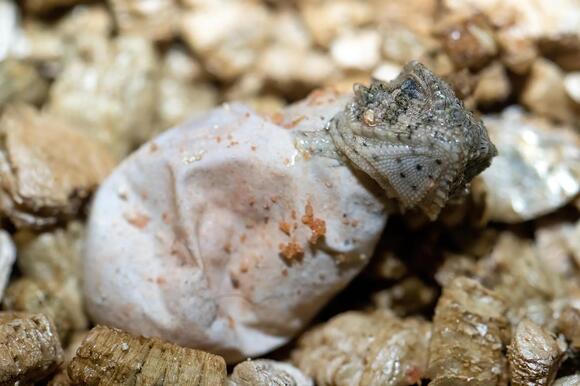Get updates delivered to you daily. Free and customizable.
New York Post
Miami zoo celebrates first-ever hatching of threatened horned lizards
By Olivia Land,
3 hours agoExpand All
Read in NewsBreak
Comments / 0
Add a Comment
YOU MAY ALSO LIKE
 Most Popular
Most PopularNews Wave14 days ago
Indy10015 days ago
New York Post2 days ago
Kenansville, NC24 days ago
South Williamsport, PA1 day ago
Greenwood, SC12 hours ago
happywhisker.com23 days ago
New York Post1 day ago
PetHelpful11 days ago
Atlanta, GA8 hours ago
Minnesota State10 days ago
New York Post6 hours ago
Total Apex Sports & Entertainment5 days ago
pupvine.com19 days ago
San Diego, CA4 days ago
A-Z-Animals27 days ago
Get updates delivered to you daily. Free and customizable.
It’s essential to note our commitment to transparency:
Our Terms of Use acknowledge that our services may not always be error-free, and our Community Standards emphasize our discretion in enforcing policies. As a platform hosting over 100,000 pieces of content published daily, we cannot pre-vet content, but we strive to foster a dynamic environment for free expression and robust discourse through safety guardrails of human and AI moderation.





Comments / 0